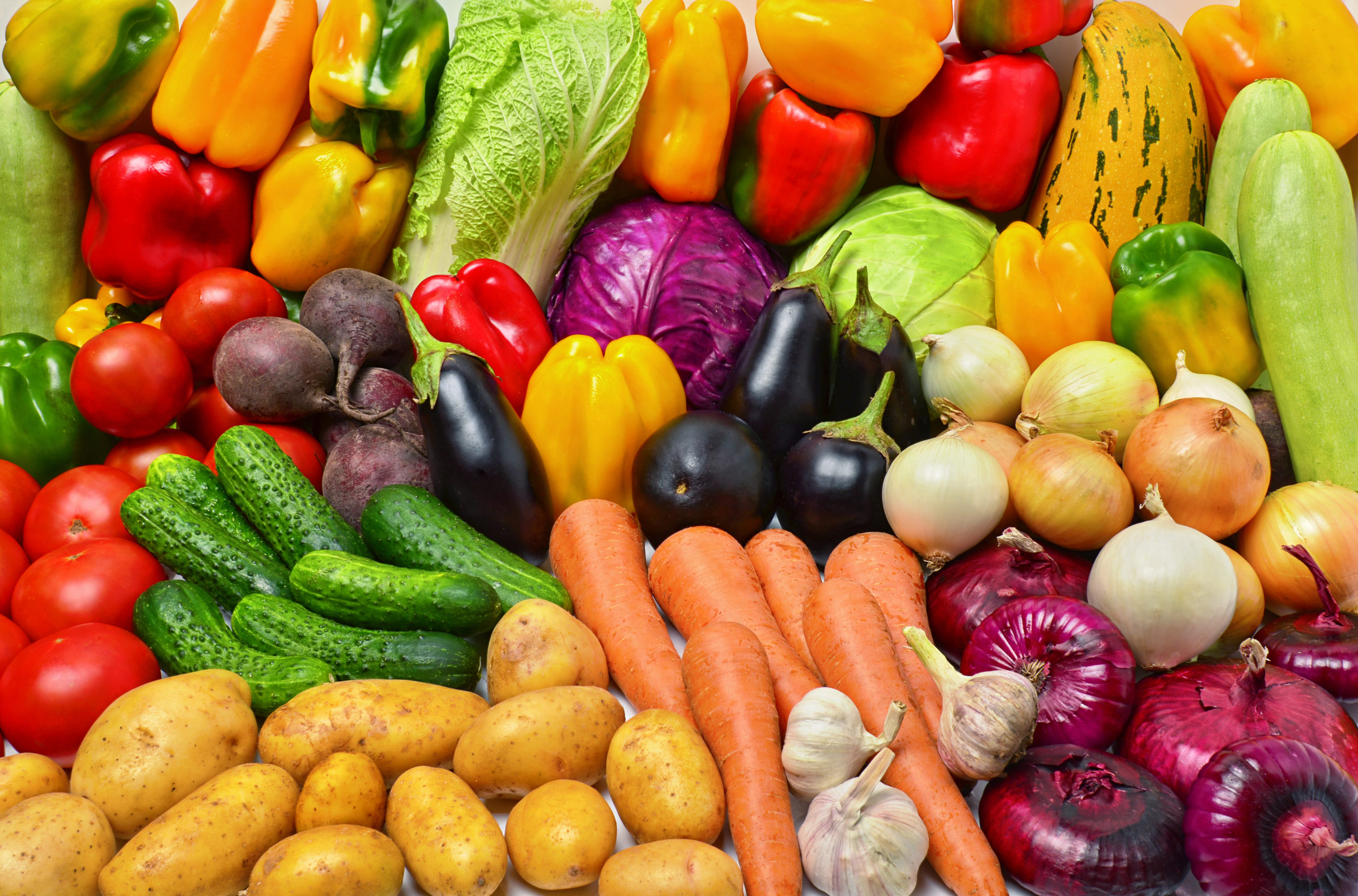Top 5 Veggies for Runners
Nutrition with Becca Blumberg – Top 5 Veggies for Runners
We’ve introduced veggies as a crucial part of every runner’s diet in The Athlete’s Plate, on of our previous blog posts about nutrition. It’s easy to know that you should eat a certain amount of vegetable every day but what about the kind of vegetables that would best suit your needs? Everyone will need something a little different but here are the top 5 veggies runners:
- Spinach, Kale, & other leafy greens
These veggies are a great source of iron which your body needs for delivering oxygen to your hard-working muscles. Spinach contains vitamin B6 which also aids in this process.
2. Broccoli
Broccoli is a great source of calcium source which helps keep your bones strong so they can withstand all of the pounding that those miles you run bring.
3. Sweet potatoes
Like all orange veggies, sweet potatoes are high in beta-carotene. This helps you keep your immune system strong ad prevent your colds and other bugs from disrupting your training. Bonus: the complex carbs will also help to fuel your run.
4. Tomatoes
Tomatoes are rich in vitamin B5 (pantothenic acid). Like all B vitamins, pantothenic acid helps your body release and use the energy from food to power your day (and your run).
5. Potatoes
Potatoes are rich in potassium as well as complex carbohydrates, which help your body to replenish, rehydrate, and refuel after a long run.
So now let’s use these top 5 veggies for runners in a yummy, easy to make recipe!
Recipe: Strawberry Feta Mason Jar Salad
This salad features ingredients from all the food groups. It packs lots of fruits and vegetables, some protein, and some grains and makes fo a perfect balanced meal in a jar! All the different colors of produce provide a wide range of vitamins, minerals, and phytochemicals (plant compounds that play an important role in health but haven’t yet been researched enough to have names) that fight the stress of training and everyday life alike.
The protein and carbs in this salad will provide sustained energy to recover from your weekend’s long run and fuel you through your workday. One tip: don’t skim on the dressing! The olive oil helps absorb some vitamins and fight inflammation from all those miles.
Ingredients
1 cup quinoa
2 boneless skinless chicken breasts
¼ cup balsamic vinegar
½ cup extra virgin olive oil
1 shallot, minced
1 clove of garlic, minced
1/2 tablespoon dijon mustard
1 teaspoon honey
1 cucumber, diced
1 cup cherry tomatoes, sliced in half
1/2 red onion, sliced
1 pint strawberries, sliced
4 ounces feta, crumbled
4 cups baby greens
4 quart-sized mason jars
Directions
- Rinse quinoa under cold water for about 30 seconds. Add to a pot with 2 cups of water and bring to a boil, then reduce to a simmer and cook for 15-20 minutes until all water is absorbed.
- Remove from heat and let sit for 5 minutes. Fluff with a fork and allow to cool.
- Put salt and pepper on both sides of the chicken breast. Cook in a skillet over medium heat until cooked through.
- Allow it to cool, then slice into bite-sized pieces.
- Add shallot, garlic, mustard, honey, and vinegar to a bowl. Whisk quickly while adding oil.
- Assemble. To each jar, add 3 tablespoons vinaigrette at the bottom, then add ¼ of the available onion, tomatoes, and cucumbers. ¼ of the chicken makes another layer on top of which goes ½ cup quinoa. Add ¼ of strawberries, then 1 cup of baby greens. Top it off with 1 ounce of feta on top.
- Before eating, shake the jar for about 10 seconds, then turn upside down to let dressing distribute. Pour out onto plate or bowl or enjoy directly from the jar.
Mason jars are amazing things; they’re great for holding leftovers, make for really good drinking glasses, and work well for packing salads. When building a mason jar salad, you need to keep in mind is that the dressing is there. This helps you to decide on layers. Things that won’t be affected or could even benefit from sitting in the dressing, like the red onion, should go on the bottom.
Each layer will potentially be exposed to less dressing until it’s time to eat, so keep layering based on how well the items will handle being exposed. Keep the greens on top so that they’re still nice and crisp when the time comes for you to enjoy your salad.
The top 5 veggies for runners can be used in so many great recipes. Be sure to check my facebook page for more fun ways to use veggies in your running nutrition routine!
About Becca Blumberg

Becca (she/her) is a registered dietitian-nutritionist (RDN) based in Fort Collins, CO. She has a Masters in Human Nutrition from Colorado State University and completed a dietetic internship in the Northern Colorado area focused on wellness & lifestyle medicine and is a certified intuitive eating counselor. She’s also a personal trainer and RRCA Level 1 Running Coach. She’s passionate about helping people achieve their endurance goals and seeing the ripple effect that this can create for them.
If you have any questions, are looking for general advice, or just want a nutritionist to have your back, check Becca out at https://www.facebook.com/Ripple.Nutrition or rippleenutrition.wixsite.com/ripplenutrition or reach out to her @ripple.nutrition on Facebook or at beccablumberg@gmail.com.


